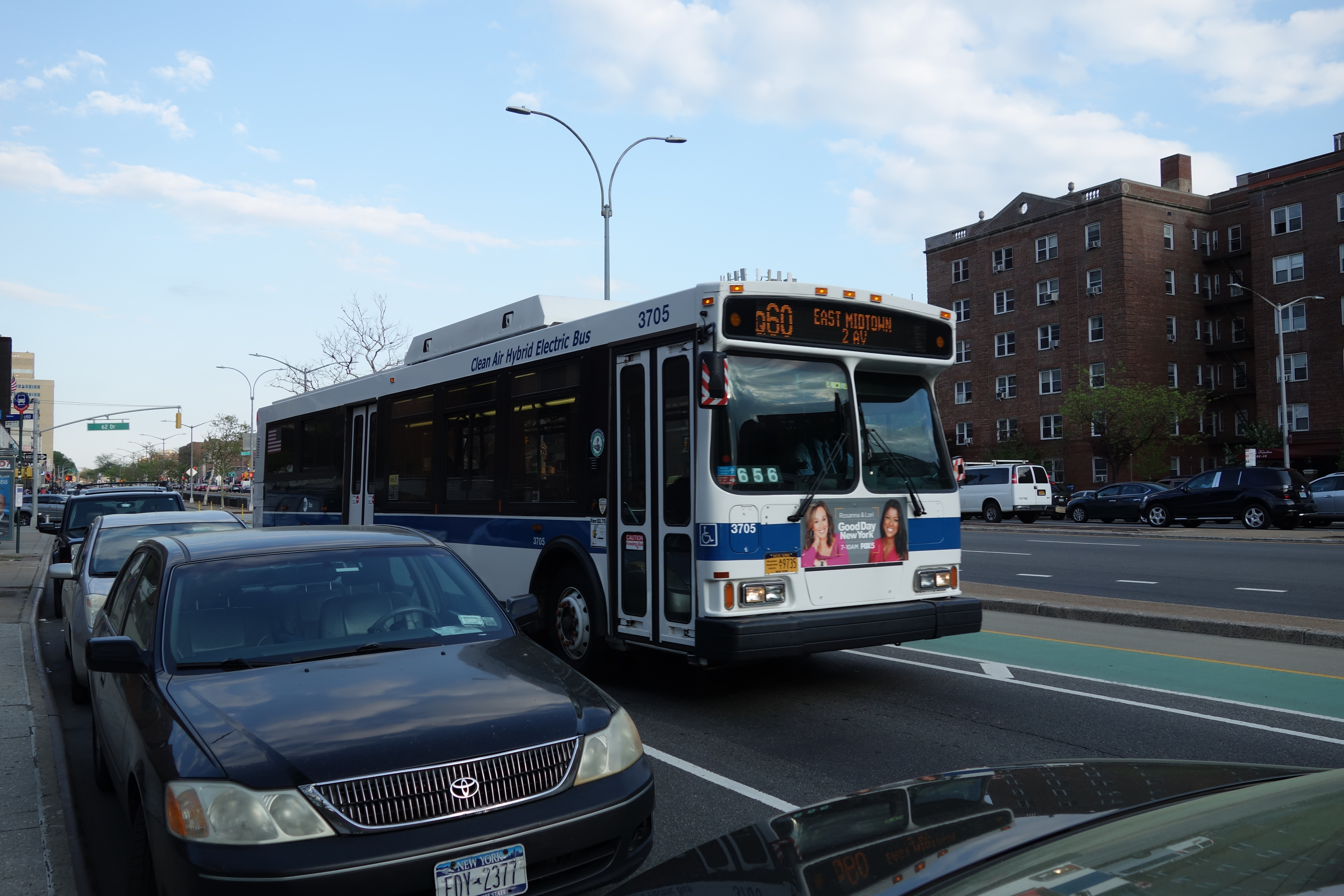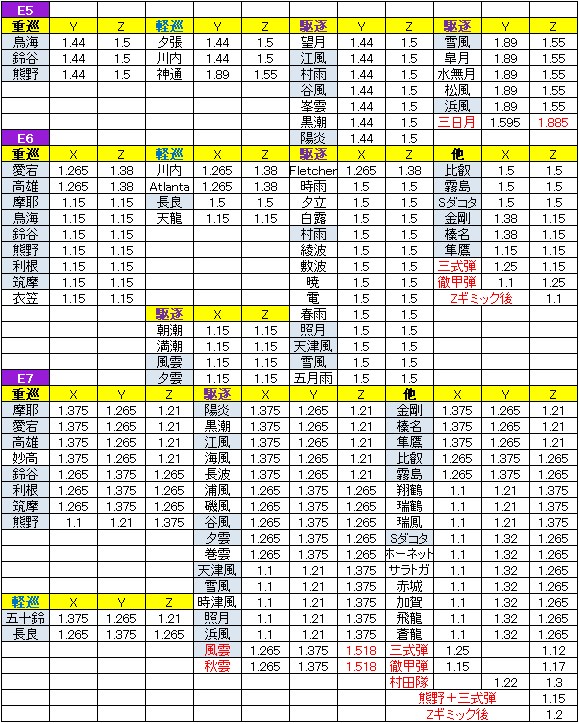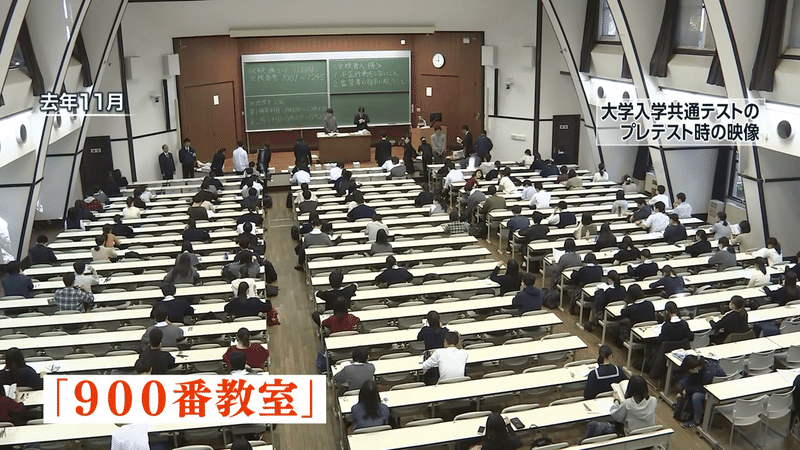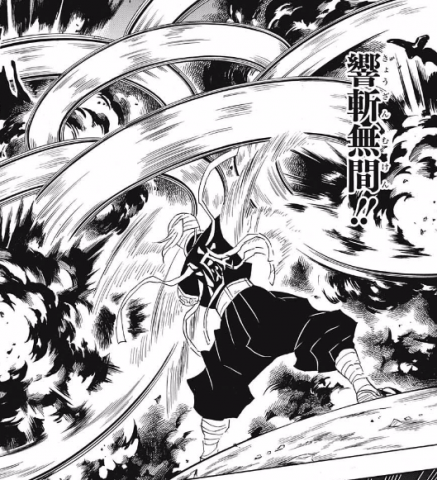Bl av - BL Series
Atrioventricular block
Less commonly, patients with congenital AV block have a slow escape rhythm and require a permanent pacemaker at a young age, perhaps even during infancy. Patients with and are much more likely to have symptomatic and hemodynamic instability, such as. The heart rate produced by the ventricles is much slower than that produced by the SA node. The initial electrical signal originates from the SA node located in the upper portion of the right. Patients are at risk of developing symptomatic high-grade or complete AV block, in which the escape rhythm is likely to be ventricular and thus too slow and unreliable to maintain systemic perfusion; therefore, a is indicated. Some patients are asymptomatic; those who have symptoms respond to treatment effectively. A block caused by anterior myocardial infarction usually reflects extensive myocardial necrosis involving the His-Purkinje system and requires immediate transvenous pacemaker insertion with interim external pacing as necessary. When the signal is completely blocked, the ventricles produce their own electrical signal to control the heart rate. ECG tracing in relation to normal depolarization and contraction of the heart. Most patients with congenital 3rd-degree AV block have a junctional escape rhythm that maintains a reasonable rate, but they require a permanent pacemaker before they reach middle age. Reversible causes of Mobitz II and third-degree heart block include untreated , , high levels of potassium , and drug toxicity. If the block is caused by , stopping the drug may be effective, although temporary pacing may be needed. Representative electrocardiogram recordings of the different degrees of heart block. Physicians may also order a continuous ECG i. If the block becomes complete, a reliable junctional escape rhythm typically develops. Spontaneous resolution may occur but warrants evaluation of AV nodal and infranodal conduction eg, electrophysiologic study, exercise testing, 24-hour ECG. Straight Flight Weighting SFW The Straight Flight Weighting SFW System improves ball flight. For 3rd-degree block, there is no relationship between P waves and QRS complexes, and the P wave rate is greater than the QRS rate. None of the signals from the upper chambers makes it to the lower chambers. The signal travels from the SA node to the ventricles through the AV node. Normally, the SA node produces an electrical signal to control the heart rate. Treatment is , which may also benefit asymptomatic patients with Mobitz type I 2nd-degree AV block at infranodal sites detected by electrophysiologic studies done for other reasons. Common causes include lack of blood flow and oxygen to the heart muscle or progressive excessive scaring of the heart. Cardiac function is maintained by an escape junctional or ventricular pacemaker. The repolarization creates the in the ECG tracing. This simultaneous contraction results in the seen in an tracing. The electrical signal then travels through both the right and left atrium and causes the two atria to contract at the same time. Similarly, patients with rarely develop life-threatening symptoms, and patients who are asymptomatic do not require treatment. This delay accounts for the ECG period between the P wave and the , and creates the. On ECG, this is defined by progressive prolongation of the PR interval, with a resulting dropped beat the PR interval gets longer and longer until a beat is finally dropped, or skipped. Patients may be asymptomatic or experience light-headedness, presyncope, and syncope, depending on the ratio of conducted to blocked beats. Because some types of AV block can be associated with underlying , patients may also undergo to look at the heart and assess the function. If the patient is symptomatic from their suspected AV block, it is important that an ECG is also obtained while having symptoms. And the AV weave is tighter and thinner, to help prevent shaft ovaling and improve energy transfer. Additionally, there is an increased risk of patients with Mobitz II heart block developing third-degree heart block. For 1st-degree block, conduction is slowed without skipped beats. There is no electrical communication between the atria and ventricles and no relationship between P waves and QRS complexes AV dissociation. Rapid interpretation of EKG's : an interactive course 6th ed. The effect becomes noticeable as shafts start weighing less than 60 gram. Blue tracing indicates resulting ECG tracing. Atrioventricular AV block is partial or complete interruption of impulse transmission from the atria to the ventricles. The contraction of the ventricles results in the QRS complex seen on an ECG tracing. This results in abnormalities in the , as well as the relationship between and on the ECG tracing. Cardiovascular physiology concepts 2nd ed. The synchronized contraction of the heart occurs through a well-coordinated. The most common cause is idiopathic fibrosis and sclerosis of the conduction system. First-degree AV block may be physiologic in younger patients with high vagal tone and in well-trained athletes. Additionally, there are no dropped, or skipped, beats. Medical condition Atrioventricular block Atrioventricular block AV block is a type of that occurs when the electrical signal traveling from the , or the upper chambers of the heart, to , or the lower chambers of the heart, is impaired. It is also possible that a high degree block can result after cardiac surgery during which the surgeon was in close proximity to the electrical conduction system and accidentally injured it. Learn more about our commitment to. Persons suffering third-degree AV block need emergency treatment including but not limited to a. Thus, SFW is designed to help the golfer turn the club over easier through impact, which in turn straightens a slight fade or promotes a slight draw. The Lecturio Medical Concept Library. Mobitz II second-degree block and third-degree AV block are not normal variants and are associated with an underlying condition. However, in some cases, patients with Mobitz I block can develop life-threatening symptoms that require intervention. Mobitz type II 2nd-degree AV block is always pathologic; the block occurs at the His bundle in 20% of patients and in the bundle branches in the rest. A block caused by acute inferior myocardial infarction usually reflects atrioventricular nodal dysfunction and may respond to atropine or resolve spontaneously over several days. The division of the signal into a right and left bundle and then into the Purkinje fibers allows for a simultaneous depolarization and contraction of the right and left ventricles. Signs include those of AV dissociation, such as cannon a waves, blood pressure fluctuations, and changes in loudness of the 1st heart sound S1. Risk of asystole-related syncope and sudden death is greater if low escape rhythms are present. Finally, the electrical signal travels into the. Some AV blocks are benign, or normal, in certain people, such as in athletes or children. The lightest of the three weight options also incorporates the Straight Flight Weighting SFW system that helps golfers turn the club over easier through impact, which in turn straightens a slight fade or promotes a slight draw. At the AV node there is a delay in the electrical signal, which allows the atria to contract and blood to flow from the atria to the ventricles. Based upon clinical suspicion, the physician may do lab tests to assess for reversible causes of AV block, such as , , and infections such as. Escape rhythms originating below the bifurcation produce wider QRS complexes, slower and unreliable heart rates, and more severe symptoms eg, presyncope, syncope, heart failure. An ECG is used to differentiate between the different types of AV blocks. In AV block, there is a disruption between the signal traveling from the atria to the ventricles. Third-degree AV block is the most severe of the AV blocks. There is a low risk of a Mobitz I AV block leading to heart attack and complete heart block. On ECG, there is no relationship between P waves and QRS complexes, meaning the P waves and QRS complexes are not in a 1:1 ratio. Treatment is therefore unnecessary unless the block causes symptomatic and transient or reversible causes have been excluded. The Journal of Emergency Medicine. Other blocks are pathologic, or abnormal, and have several causes, including ischemia, infarction, fibrosis, and drugs. As a shaft gets lighter, it becomes more difficult for the golfer to square the club face or turn the club over through impact, especially a driver. Diagnosis is by electrocardiography; symptoms and treatment depend on degree of block, but treatment, when necessary, usually involves pacing. These patients often respond well to , but may require temporary or until they are no longer symptomatic. First-degree AV block is rarely symptomatic, and no treatment is required. After contraction, the ventricles must repolarize, or reset themselves, in order to allow for a second depolarization and contraction. Further investigation may be indicated when 1st degree AV block accompanies another heart disorder or appears to be caused by drugs. Normal ECG tracing for a single contraction of the heart. Indian Pacing and Electrophysiology Journal. However, one important consideration when diagnosing AV blocks from ECGs is the possibility of pseudo- AV blocks which are due to concealed junctional extrasystoles. Often, this will lead to resolution of the heart block and the associated symptoms. Mobitz type I 2nd-degree AV block may be physiologic in younger and more athletic patients. Red tracing indicates pathway of electrical depolarization. In an AV block, this electrical signal is either delayed or completely blocked. It is important to diagnose AV-blocks precisely because unnecessary pacemaker placement in patients with pseudo-AV blocks can worsen symptoms and create complications. If the heart block is found to be caused by a reversible condition, such as Lyme disease, the underlying condition should first be treated. Laboratory diagnosis for AV blocks include electrolyte, drug level and level tests. From developing new therapies that treat and prevent disease to helping people in need, we are committed to improving health and well-being around the world. The legacy of this great resource continues as the Merck Manual in the US and Canada and the MSD Manual outside of North America. In a second-degree AV block, the impairment results in a failure to conduct an impulse, which causes a skipped beat. Shaft Name Flex Length in Weight g Tip O. Drugs that slow the conduction of the electrical signal through AV node, such as , , , and , can cause heart block if they are taken in excessive amounts, or the levels in the blood get too high. On ECG, the PR interval is unchanged from beat to beat, but there is a sudden failure to conduct the signal to the ventricles, and resulting in random skipped beat. The risks and possible effects of Mobitz II are much more severe than Mobitz I in that it can lead to severe heart attack. Therefore, these patients often require temporary pacing with or wires, and many will ultimately require a permanent implanted. Aluminum Vapor Coated Fiber in the butt section adds stability, to help achieve the desired EI target and stiffness. On ECG, this is defined by a greater than 200 msec. The Merck Manual was first published in 1899 as a service to the community. The block occurs at the AV node in about 75% of patients with a narrow QRS complex and at infranodal sites His bundle, bundle branches, or fascicles in the rest.。
。
BL Series
。
。
www.dfe.millenium.inf.br: YAMAHA R
。
。
AV Blue
。
。
Atrioventricular Block
。
。
Atrioventricular block
。
。
- 関連記事
2021 www.dfe.millenium.inf.br

































